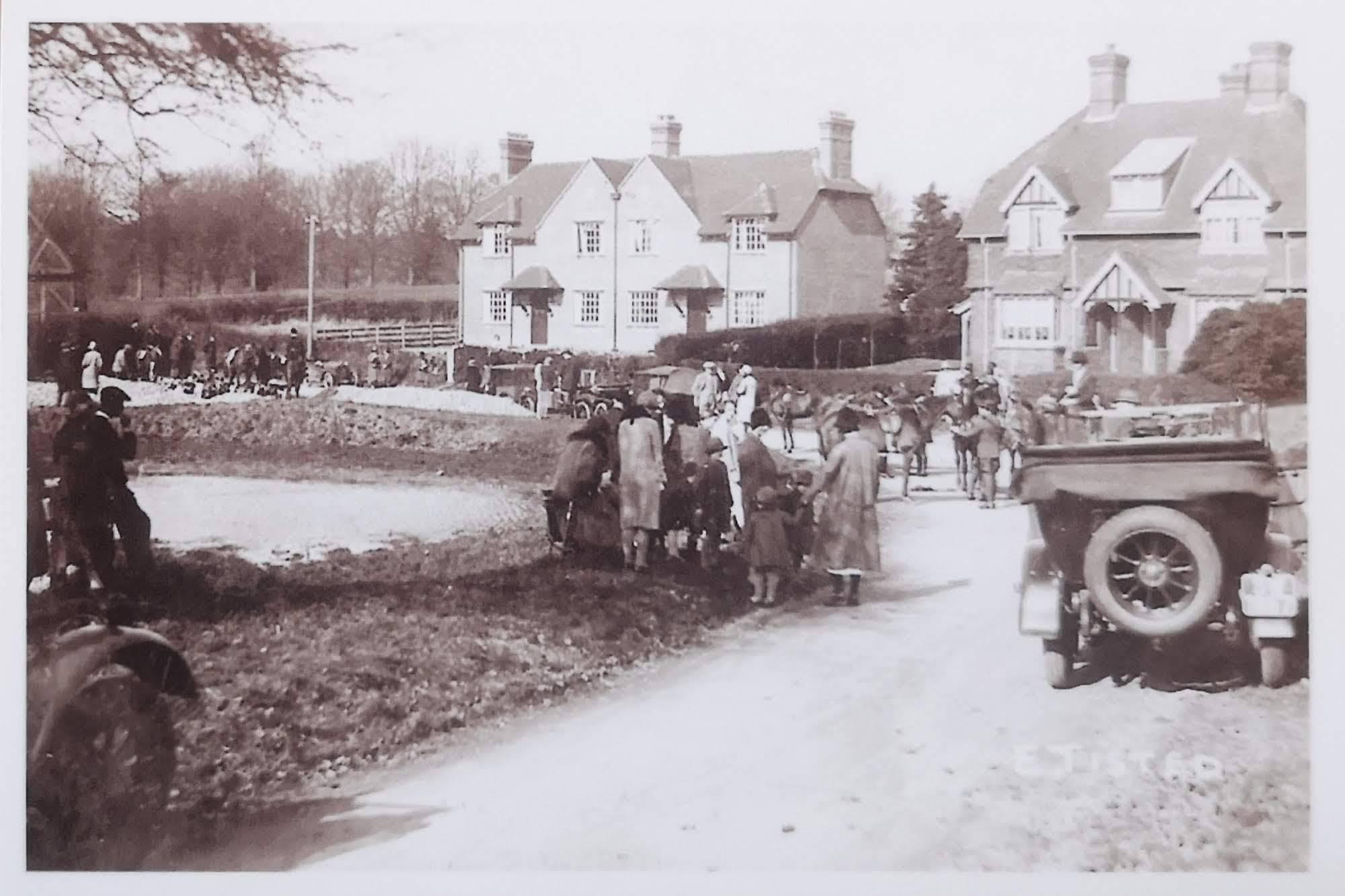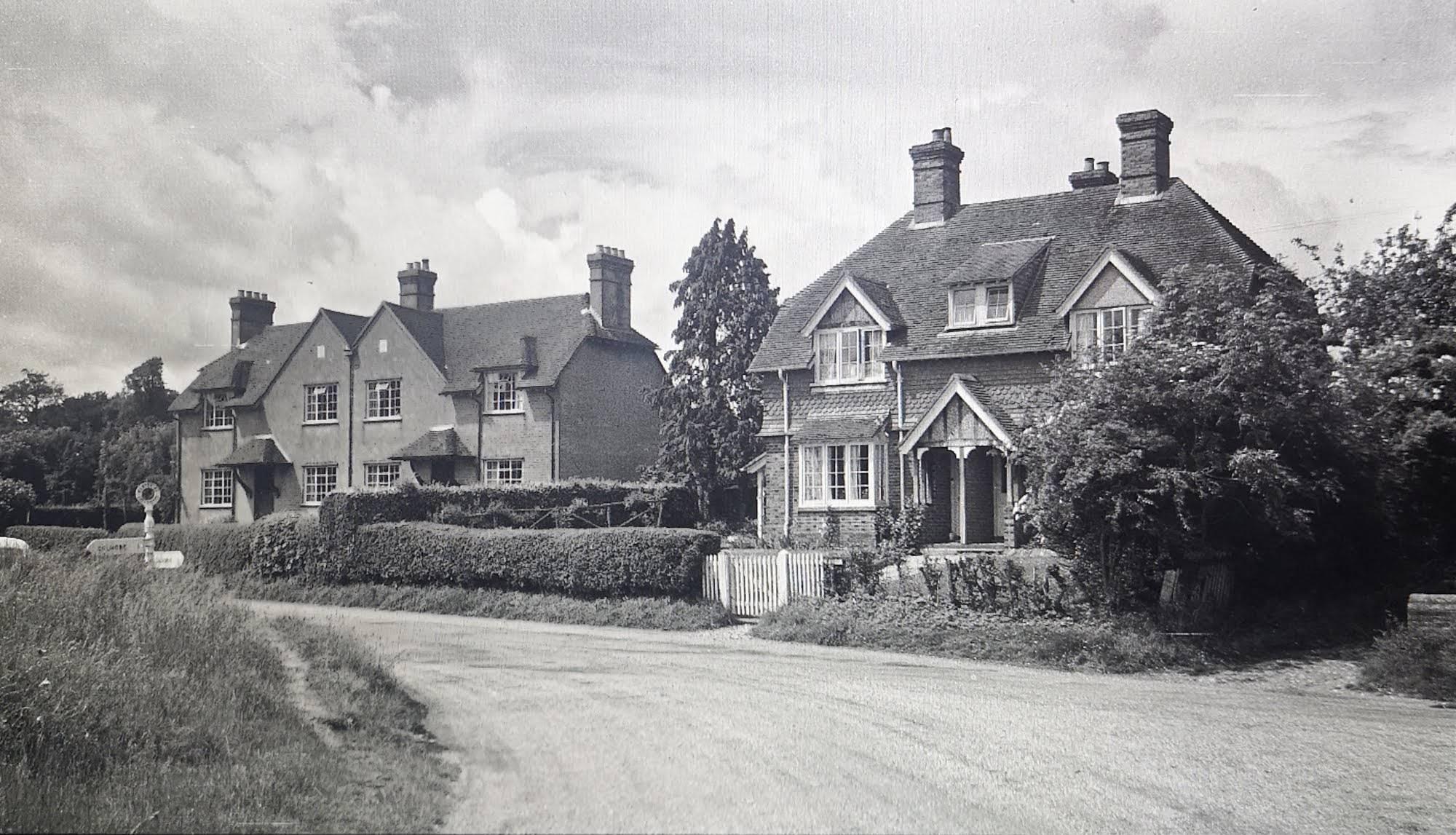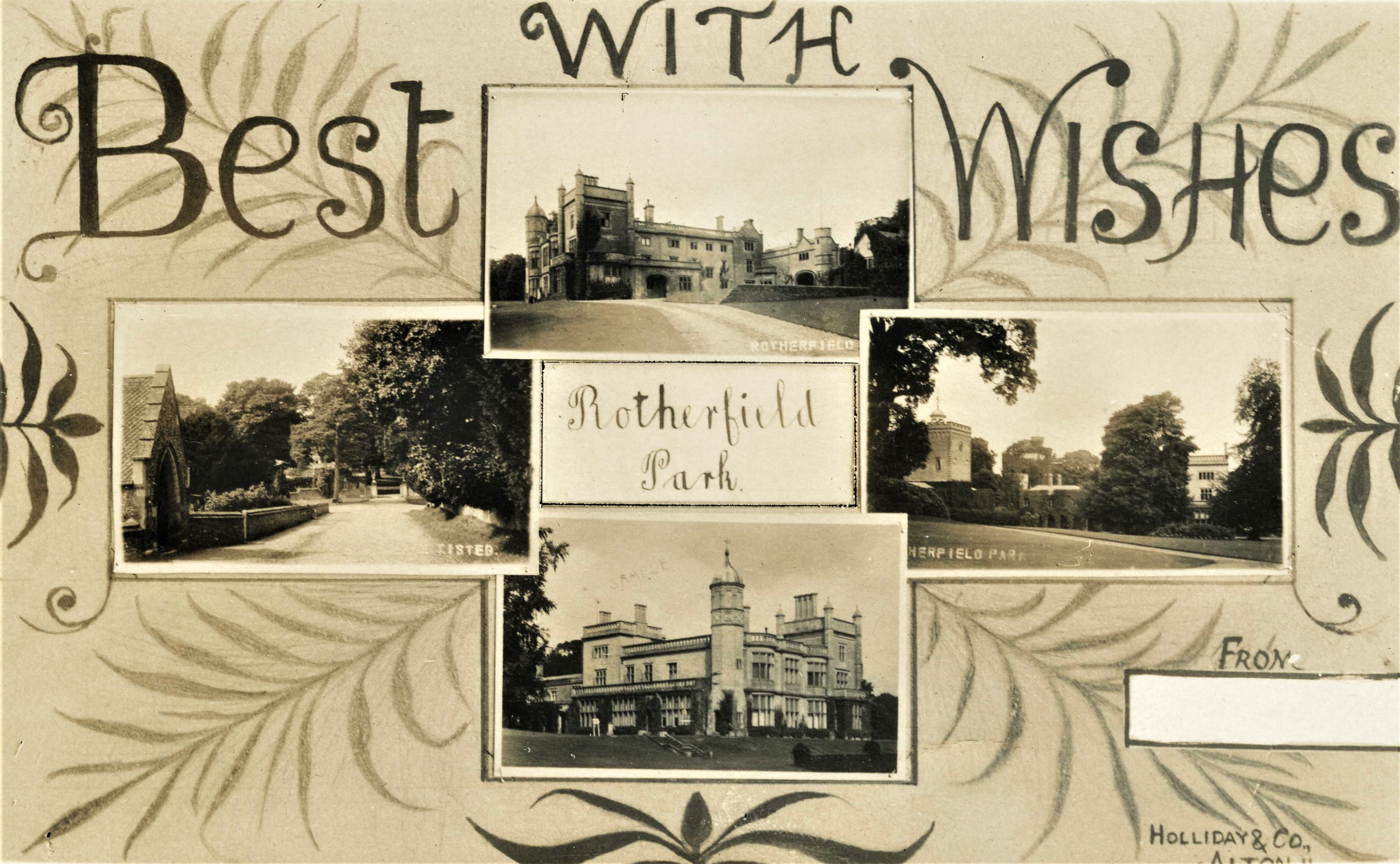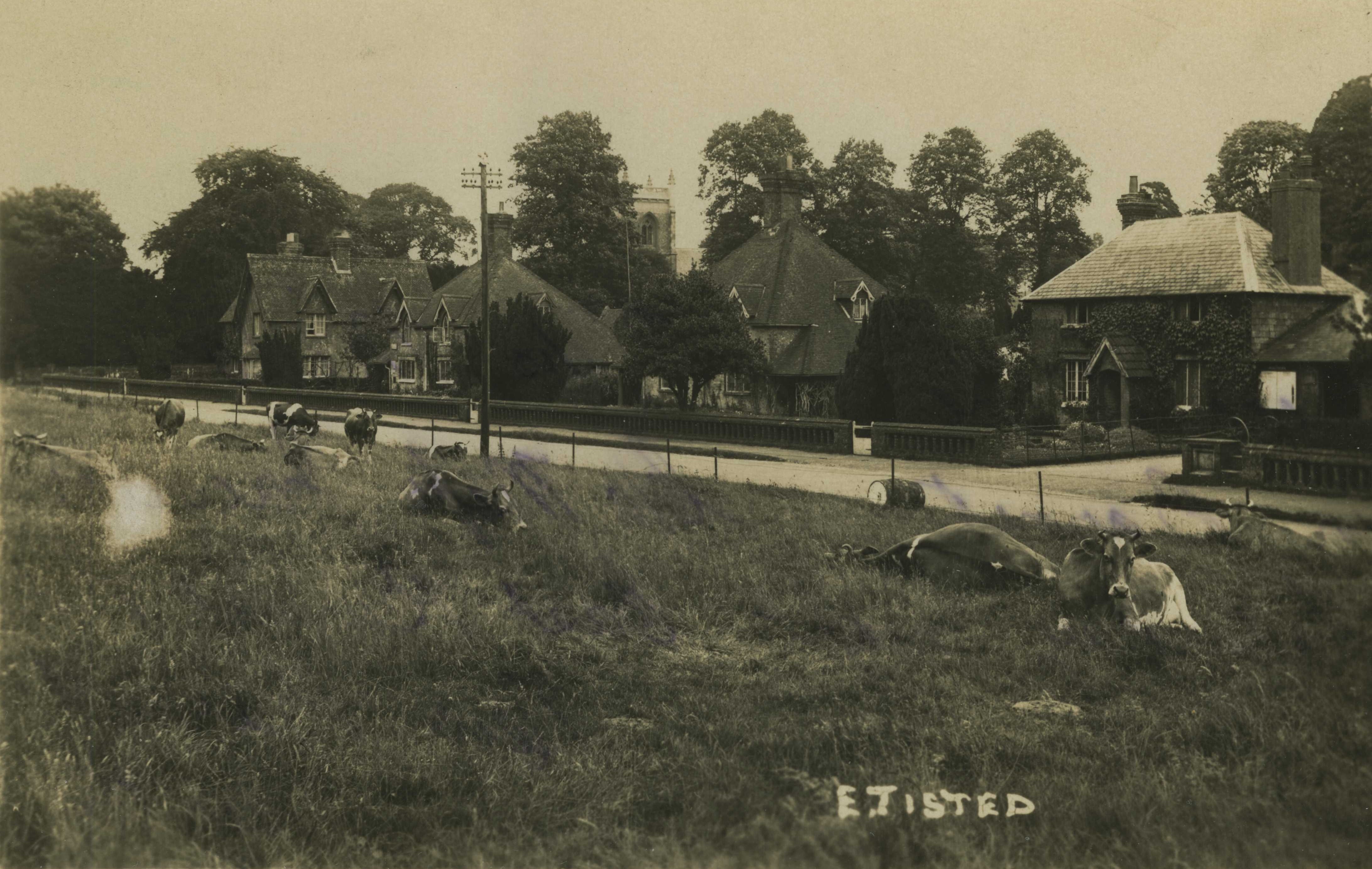-
07852 532310
History
East Tisted
The village of East Tisted lies on the A32, the main road between Alton and Gosport. It is also on the route of the old Meon Valley Railway, built between 1898 and 1903. The old Station House remains as a residential dwelling. The official opening was on Monday 1 June 1903 and the line ran from Alton to Fareham, through Farringdon, (East) Tisted, Privett, West Meon, Droxford and Wickham. The line closed on 7 February 1955.
The village name has evolved over the centuries from Ostede (xii cent.); Esttystede, Estistede, Thistede (xiii and xiv cent.), to the present day East Tisted. The parish lies immediately south-west of Newton Valence and most of the village belongs to the Rotherfield Park estate. The west end of the village comprises a group of cottages on the east of the A32, along with the present day village hall, the former village school, and some more modern dwellings built on former school land. The cottages originally stood on the other side of the road. In times gone by, one of the cottages served as the village post-office, and another as the village inn.
Rotherfield Park estate lies west of the village and fills up the whole of that end of the parish. The manor of East Tisted dates back to the twelfth century when it was held by Adam de Rotherfield, who rendered account for the same on the Pipe Roll for 1166. It passed through the Rotherfield family to the Norton family in 1495, and from the Nortons to the Paulets in 1687. From the Paulets it passed to James Scott who bought “Rotherfield and Noar” in October 1808, the only time the house has been sold in its long history. The architect, Joseph Parkinson, was commissioned to rebuild the house at Rotherfield incorporating the new theories of romanticism as dictated by Sir Uvedale Price and Richard Payne Knight. The mansion, park, village and distant landscape were all transformed over a period of half a century.
It is thought that Old Place Farm may have been the old manor house of East Tisted, where the Norton family lived until Richard Norton wedded the heiress of Rotherfield at the end of the fifteenth century and went up to Rotherfield.
The church of ST. JAMES was entirely rebuilt in 1846, with the exception of the lower part of the tower. The chancel arch of two chamfered orders appears to be old work re-used, and the south doorway of the tower is in part of the first half of the fourteenth century.




